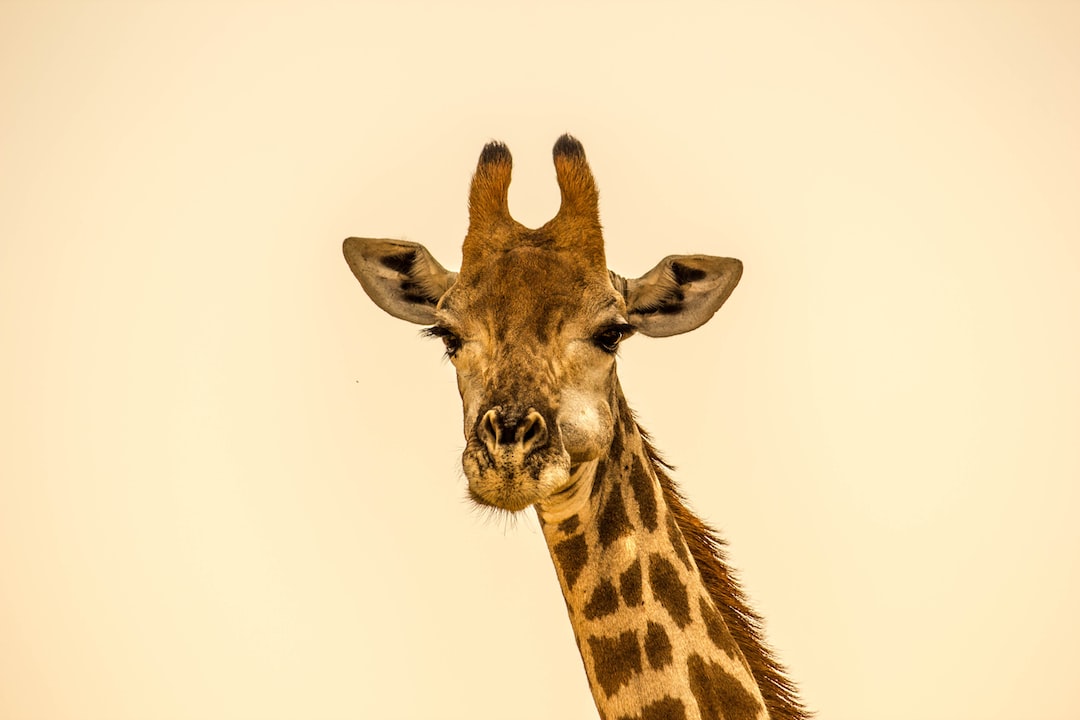The Fascinating History of Domesticating Animals
Humans and animals have shared a complex and intertwined history for thousands of years. The domestication of animals has played a significant role in shaping our civilization, transforming both our way of life and the global ecosystem. This captivating process began as early as 10,000 years ago and continues to evolve to this day.
The origins of domestication can be traced back to the Neolithic Revolution, a period when humans transitioned from a nomadic lifestyle to settled agriculture. During this era, our ancestors discovered that animals could be valuable companions, providers of food, and reliable sources of labor. This crucial turning point in history marked the beginning of our deep relationship with animals.
One of the first animals to be domesticated was the dog. Archaeological evidence suggests that early humans began taming and utilizing dogs for various purposes, such as hunting, protection, and companionship. The symbiotic bond formed between humans and dogs laid the foundations for the domestication of other animals.
Sheep and goats were among the first livestock animals to be domesticated. Early agricultural societies recognized their potential as a sustainable source of meat, milk, and wool. Domestication not only ensured a steady food supply but also allowed humans to cultivate land more efficiently through animal labor.
The agricultural revolution continued, resulting in the domestication of other livestock such as pigs, cows, and chickens. Each domesticated animal species brought its unique advantages to human society. For example, cows provided milk, meat, and leather, while chickens supplied eggs and feathers. The raising of livestock became an integral part of human culture, with various civilizations relying on these animals for sustenance and economic stability.
Aside from traditional livestock, humans also domesticated other animals for specific purposes. Horses, for instance, were tamed and harnessed for transportation and warfare. The development of horse-drawn chariots and later horseback riding revolutionized human mobility and played a significant role in historical conquests and trade routes.
The domestication of animals widened the possibilities for human settlement and expansion. It facilitated the development of new cultures, cities, and trade networks. Furthermore, it encouraged the establishment of specialized professions such as animal husbandry, veterinary medicine, and animal training.
Although the process of domestication has brought vast benefits to human society, it has also presented challenges. The close proximity between humans and animals has increased the risk of infectious diseases. The domestication of animals has been linked to the emergence of numerous zoonotic diseases throughout history, including the recent COVID-19 pandemic.
However, the impact of domesticated animals extends beyond our species. The domestication of plants and animals allowed humans to practice agriculture on a larger scale, leading to the transformation of landscapes and ecosystems. The introduction of domesticated animals to new environments has influenced biodiversity and ecosystems worldwide.
Today, the domestication of animals continues to evolve with advancements in technology and shifting societal needs. Genetic engineering, selective breeding, and artificial selection have expanded the possibilities for enhancing animal traits and developing new species. Additionally, the emergence of animal welfare movements has led to increased awareness and improved conditions for domesticated animals.
In conclusion, the history of domesticating animals is a remarkable tale of human ingenuity and adaptation. From the early domestication of dogs to the establishment of vast livestock industries, the relationship between humans and animals has shaped our world. This ongoing process has both positive and negative implications, but it remains an integral part of our civilization. As we move forward, it is essential to consider the ethical and ecological consequences of our interactions with domesticated animals, ensuring a harmonious and sustainable future for all.
